Real Escape Challenge (리얼 이스케이프 챌린지)
8.9Km 2024-10-30
21, Wausan-ro 27-gil, Mapo-gu, Seoul
Thrilling Escape Café
Depending on the theme, you can enjoy a thrill-based game where you have to escape from a room within a time limit. Celebrities such as Lovelyz Mijoo also enjoy visiting. The theme changes periodically and each room is marked in English, and a guide service for foreigners is also provided. It is 100% reservation-based.
Changgyeonggung Palace (창경궁)
8.9Km 2024-10-31
185 Changgyeonggung-ro, Jongno-gu, Seoul
+82-2-762-4868
Located in the heart of Seoul, Changgyeonggung Palace was originally built as Suganggung Palace by the 4th ruler of the Joseon dynasty, King Sejong (r.1418-1450), for his retiring father, King Taejong. It often served as residential quarters for queens and concubines. During the reign of King Seongjong (r.1469-1494), the palace was renovated and renamed to Changgyeonggung Palace. It later became a park with a zoo and a botanical garden during Japanese colonial rule. The palace grounds remained this way until 1983 when restoration of its old grace was completed.
Changgyeonggung Palace Honghwamun Gate (창경궁 홍화문)
8.9Km 2021-05-27
99, Yulgok-ro, Jongno-gu, Seoul
+82-2-762-4868
Honghwamun Gate is the main gate of Changgyeonggung Palace. It has three opening gates in the front and two to the side with a sophisticated locking mechanism.
Teolbone Someoriijip (털보네소머리집)
8.9Km 2021-03-25
25-2, Dorimcheon-ro, 11-gil, Yeongdeungpo-gu, Seoul
+82-2-841-1138
It is a soup dish made by boiling beef bones for more than 10 hours. This Korean dishes restaurant is located in Yeongdeungpo-gu, Seoul. The most famous menu is beef head meat and rice soup.
Live Again (리브어게인)
8.9Km 2025-07-07
(B201-161-6, Kolon Science Valley 2) 55 Digital-ro 34-gil, Guro-gu, Seoul
Live Again is Korea's leading international patient recruitment attraction company with offices in Mongolia (Ulaanbaatar) and Vietnam, in addition to the headquarters in Korea. Based on partnerships with top medical centers in Korea, such as Asan Medical Center and Samsung Medical Center, we provide attraction and concierge services for international severe/plastic surgery patients.
We provide premium 1:1 overseas patient brokerage services that lead the K-Medi brand, with easy, fast, and reliable total care for patients from pre-consultation to aftercare.
We started welcoming foreign patients in 2013, and have supported a total of 10,000 foreign patients to date. We have been recognized for our professionalism and excellence, winning an excellent medical tourism designation by the Korean Ministry of Justice for ten consecutive years (2014-2023).
We will help more people around the world regain a healthy life by building bridges between Korea's excellent healthcare services and patients with severe/critical conditions abroad.
Stylenanda - Hongdae Branch [Tax Refund Shop] (스타일난다 홍대)
8.9Km 2024-04-17
23, Wausan-ro 29da-gil, Mapo-gu, Seoul
-
Sammaksa Temple (삼막사)
8.9Km 2024-02-07
478 Sammak-ro, Manan-gu, Anyang-si, Gyeonggi-do,
Sammaksa Temple is a Buddhist temple located in Samseongsan Mountain. Legend has it that the temple was established in 667 by Wonhyo, a Buddhist philosopher from the Silla era. Within the temple grounds are Cheonbuljeon Hall, Yukgwaneumjeon Hall, Myeongbujeon Hall, Manghaeru Pavilion, Chilbogak House, among others. The temple holds heritages like the Rock-carved Buddha Triad and the Fertility Stones. These artifacts, symbolizing the fusion of Buddhism and folk religion, highlights the ancient nature of the place.
Lee Glasses - Hongdae Branch [Tax Refund Shop] (이기대안경 홍대점)
8.9Km 2024-06-27
1F, 56, Dongmak-ro, Mapo-gu, Seoul
-
Gwanghwamun Gate (광화문)
8.9Km 2024-12-04
161 Sajik-ro, Jongno-gu, Seoul
+82-2-3700-3900
Built in 1395 under the reign of King Taejo, the first king of the Joseon dynasty, Gwanghwamun Gate is the southern gate of Gyeongbokgung Palace. It is also the main gate of the palace, therefore larger and fancier in comparison to the other gates. Gwanghwamun Gate consists of three arched gates; the center gate was used by the king, while the other two were used by the crown prince and royal officials. The tall granite walls of the gate serve as a platform for the wooden gate tower that watches over the city. The gate has a sign with its name written at the top center of the gate tower.
Gwanghwamun Gate went through several damages and restorations over the course of history. It was first severely damaged during the Imjin War (1592-1598) and was not restored until the reconstruction of Gyeongbokgung Palace in 1864. Under the Japanese administration, the gate was demolished and relocated to the north of the palace's eastern gate, followed by series of damages during the Korean War (1950-1953). In 1968, Gwanghwamun Gate was relocated back to the south of the palace and was rebuilt using concrete; however, the gate’s position was shifted a few meters away from its original location. In 2006, a major reconstruction project took place to restore Gwanghwamun Gate to its original state and location, disassembling the structure completely and replacing concrete with granite and wood. After three years and eight months of construction, Gwanghwamun Gate was fully restored to its original form and was open to the public on August 15, 2010.
Majang Meat Market (마장 축산물시장)
8.9Km 2021-08-12
40, Majang-ro 31-gil, Seongdong-gu, Seoul
+82-2-2281-4446
Majang Meat Market is the largest meat market in Korea. It is equipped with Korea’s most modern and cleanest facilities. The butchers here are proud of the market's size and hygienic facilities.
The market sells fresh meat arriving every hour from all over the country and from overseas. The prices are overtly marked for each meat along with the country and place of origin. For the market's efforts to provide quality products, the market is recognized by the Korean Medical Association (KMA).
Traders are able to trade easily thanks to the market's state of the art systems. At Majang Meat market, high quality meats are available at up to 30% less than at supermarket chains.
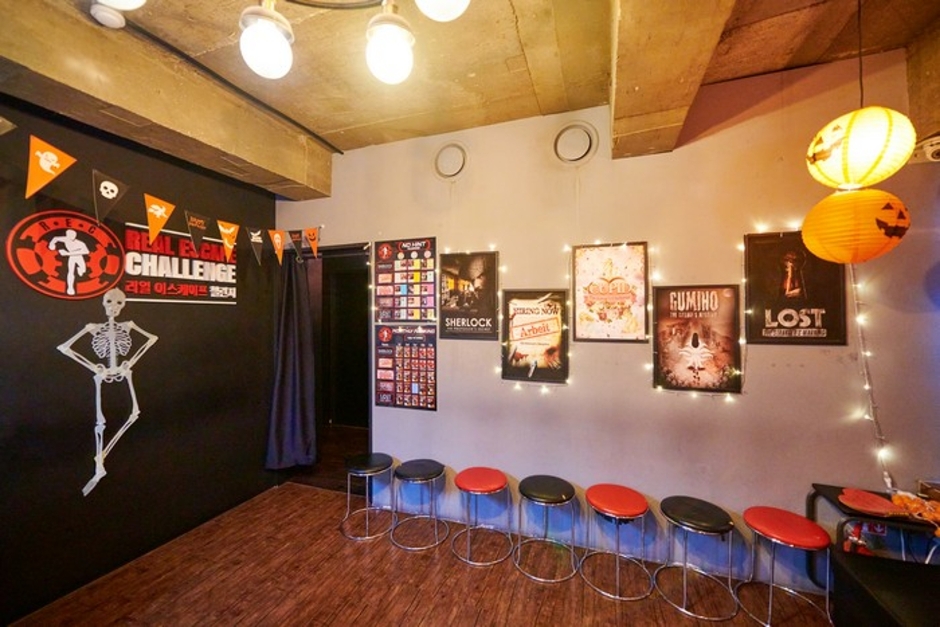
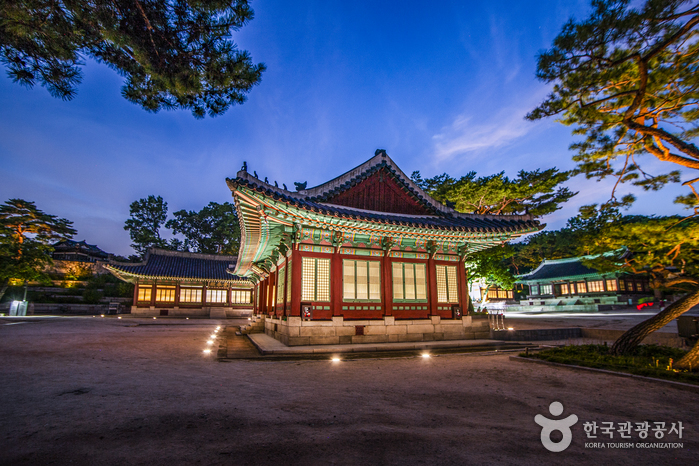
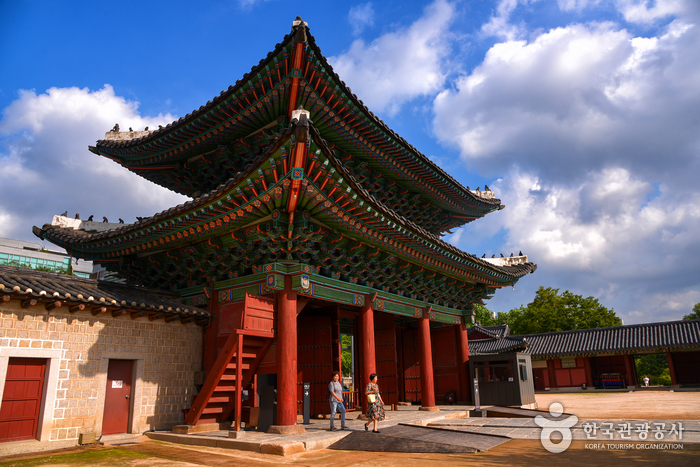
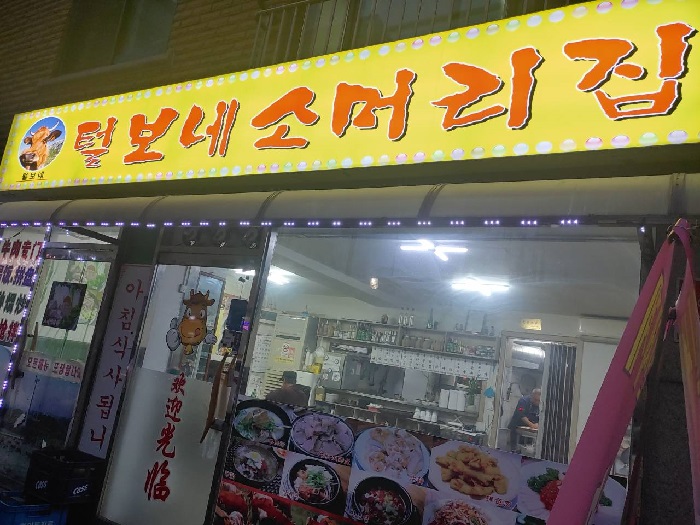

![Stylenanda - Hongdae Branch [Tax Refund Shop] (스타일난다 홍대)](http://tong.visitkorea.or.kr/cms/resource/86/2888386_image2_1.jpg)
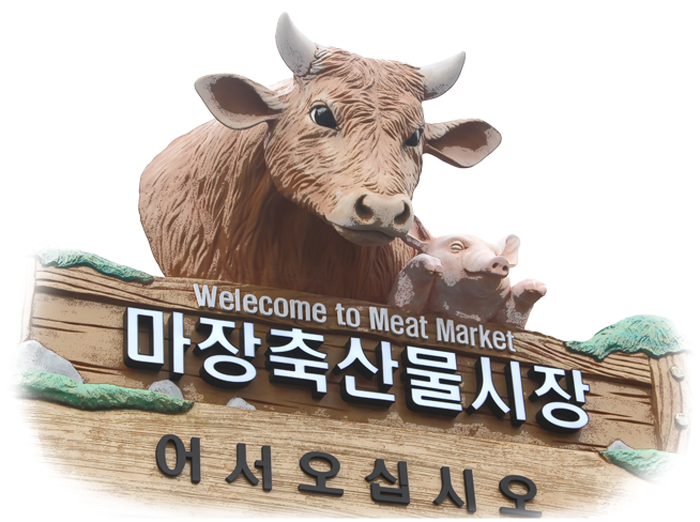
 English
English
 한국어
한국어 日本語
日本語 中文(简体)
中文(简体) Deutsch
Deutsch Français
Français Español
Español Русский
Русский